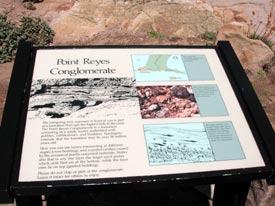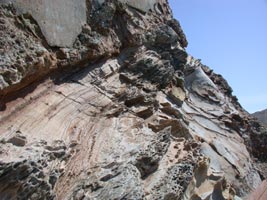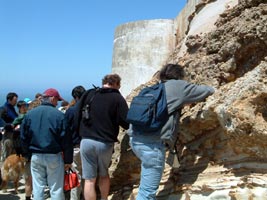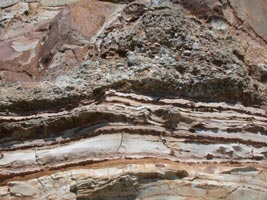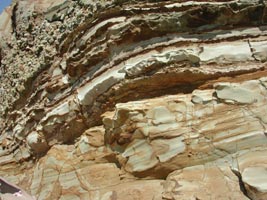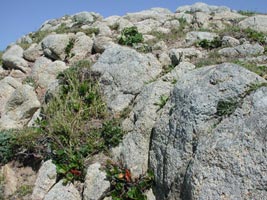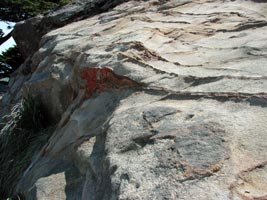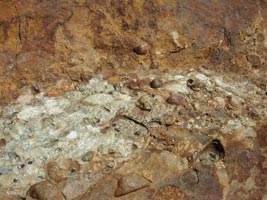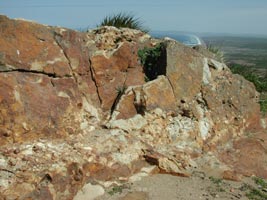|
|
return
to
|
||||||||||||||||||||||||||||||||||||||||||
Field Trip Stop #2:
The Lighthouse at Drake's Head |
|||||||||||||||||||||||||||||||||||||||||||
Additional sources of information about:Travel on to Stop #3: Drake's Beach
and the Purisima Formation. |
|||||||||||||||||||||||||||||||||||||||||||
| Return to: Field Trip to the California Coast| Dynamic Earth Homepage | UCMP Homepege |
|||||||||||||||||||||||||||||||||||||||||||
